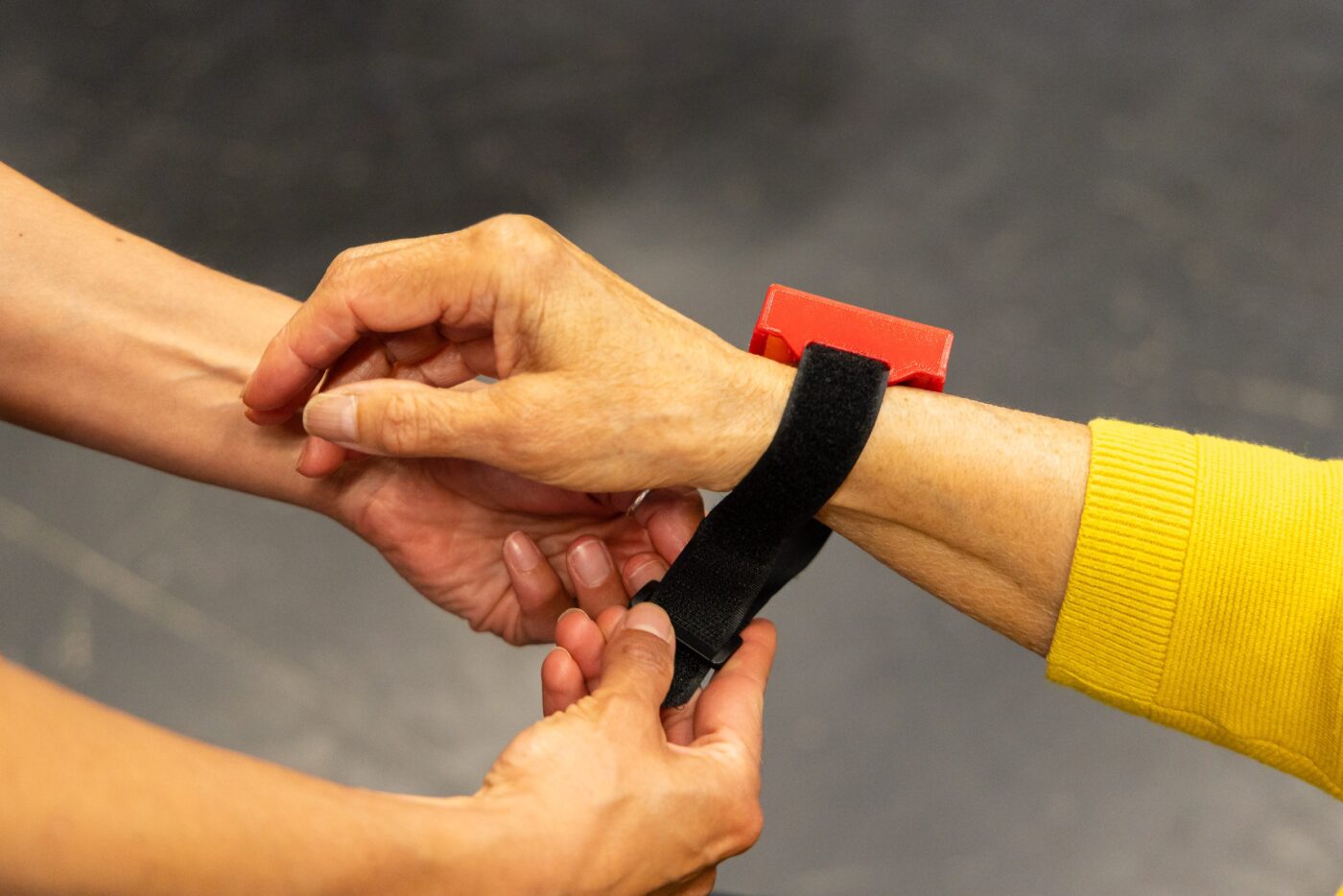Towards a Kinesonic Embodiment: Digitally Mediated Sound and Movement Interaction: Dr Maria Kapsali
Towards a Kinesonic Embodiment: Digitally Mediated Sound and Movement Interaction
by Dr Maria Kapsali
Sound and movement interaction through digital interfaces has been developing in several fields for over 30 years, including intermedial performance and installation, experimental music, video games, sports training and rehabilitation. This lecture will chart the development of a wearable technology for sound and movement interaction which has evolved out of interactions with academic researchers, professional artists, and a diverse group of end users. It will focus on two key questions that emerge in terms of the design and use of digital interfaces for sound and movement interaction.
Unlike acoustic instruments, which make sound in response to a specific set of gestures, digital systems in principle can make any sound in response to any gesture. Sound and gesture are no longer dictated by the material properties of the instrument, but they can be determined by the system's design and affordances. On the one hand, this makes digital interfaces accessible. On the other hand, it raises the need for a set of constraints or principles according to which the interaction can be structured. If any movement can make any sound, according to what criteria can a user base their choice of sound and/or movement? Do certain couplings make more sense than others and according to what benchmark can this be evaluated?
The second and related question concerns issues of progress and development. The specific kinetic repertoires according to which acoustic instruments function may take years to master and are often inscribed in the body through persistent practice. The mastery of movement is in this case a prerequisite for the mastery of sound. As digital interfaces do not pose this kind of restrictions, the question that arises is how can progress be charted. In what ways does excellence manifest in the use of these systems and how can one become good at using/playing them? How does 'good' look and sound like?
In response to these questions, and through drawing on extensive field work and practice research, this lecture will propose that sound and movement interaction systems need to be studied in relation to their double function of eliciting movement and sound. Accordingly, it will be proposed that sound and movement interaction can be approached as a standalone practice that develops a form of kinesonic embodiment.

